The structure at 412 Lombard St. has always been a house of worship. While the structure’s general purpose hasn’t changed at all in more than 220 years of existence, its congregation has changed a few times. According to PhilaPlace, the plot began its life as the site of the Universalist First Independent Church of Christ in 1793. The image below, taken from the Kesher Israel website, shows the church’s original deed.
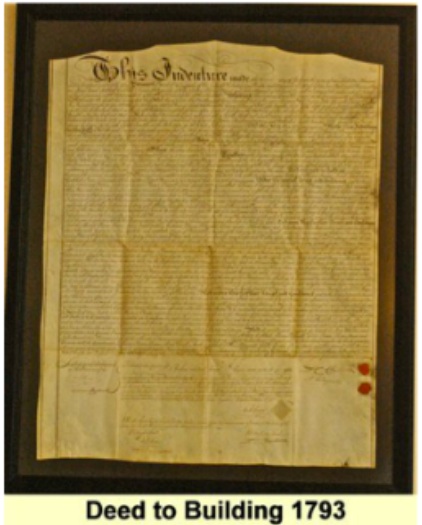
Given its independent spirit, the church welcomed speeches from alternative Christian thinkers like Unitarian theologian Joseph Priestly and Mormon founder Joseph Smith. The image below, taken from Frontier History, shows a church ledger from 1840 indicating that Smith had been paid $13.63 for a sermon that, by all accounts, captivated the 3000 in attendance.
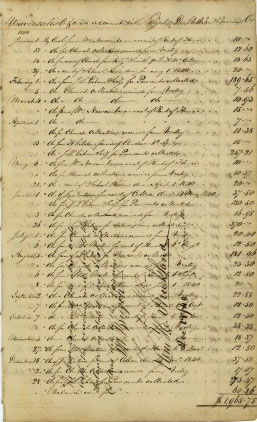
The location of the church is confirmed by the image below, taken from Hexamer & Locher’s 1858 Philadelphia Atlas. This image also shows that the name had been shortened to the First Universalist Church by the mid-19th century.
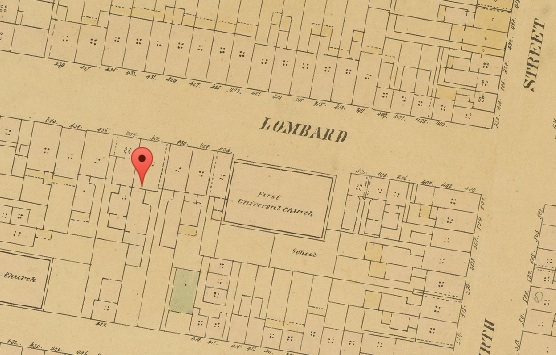
As the 19th century drew to a close, the changing complexion of the Society Hill neighborhood would be directly evident in the changing face of the congregation on Lombard Street. With the influx of Eastern European Jews to the neighborhood, the Chevra B’nai Jacob congregation purchased the building and dubbed it Kesher Israel in 1889. The synagogue’s charter, also taken from the Kesher Israel website, is shown here below.
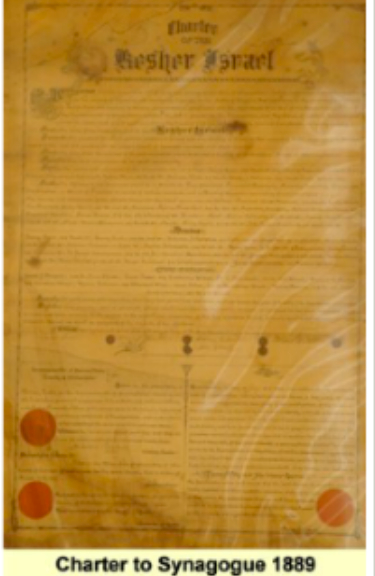
The synagogue would become a center of the early Zionist movement in Philadelphia, frequently serving as a meeting place for supporters of eventual Israeli statehood. With a sizable Jewish population around it, Kesher Israel thrived through the early part of the 20th century. The image here below, taken from the Philadelphia Department of Records, shows the synagogue in 1959, just as its fortunes were to begin changing.
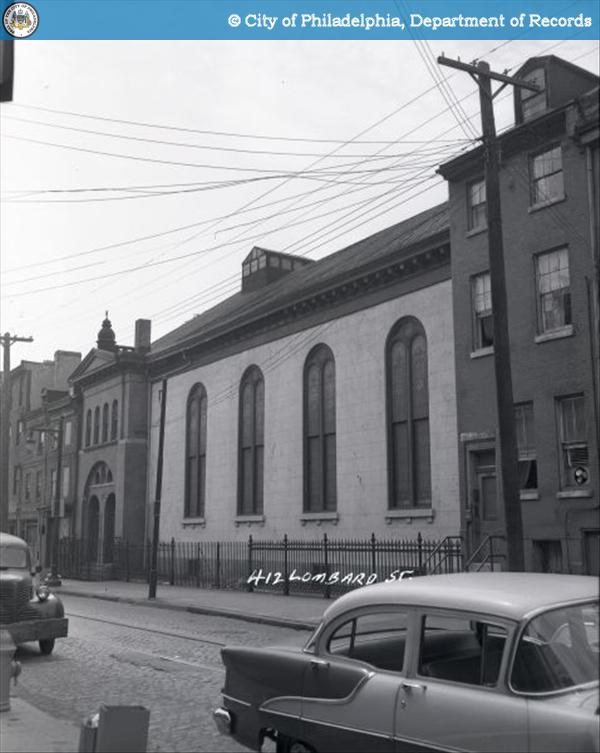
By the early 1970s, the decline in the neighborhood’s Jewish population had truly taken a toll on the synagogue. The image here, taken from PhilaPlace, shows the synagogue in disrepair in 1974.
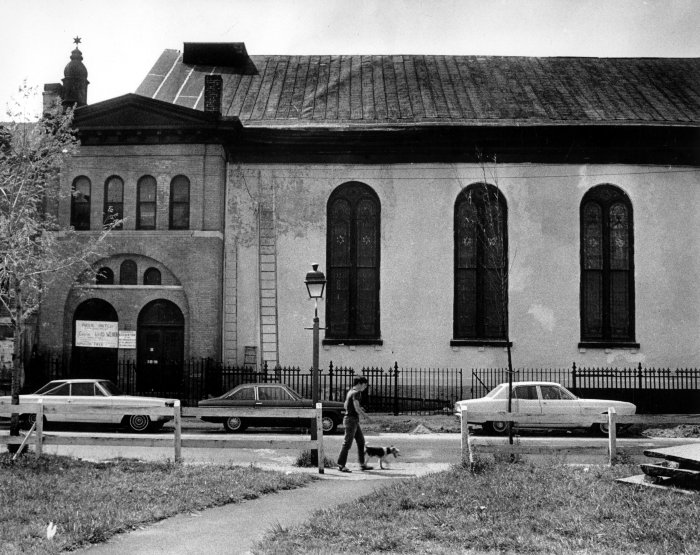
Then, according to a story from Philly.com, a congregant of the synagogue became seriously ill in 1983. His two sons went to Kesher Israel to pray, pledging to God that if their father recovered, they would work to restore the synagogue. He did recover and they kept their promise. Though their father passed away in 1985, the two men helped see Kesher Israel to a full restoration by 1998. In the years since, the synagogue has also enjoyed renewed popularity in its surrounding neighborhoods.
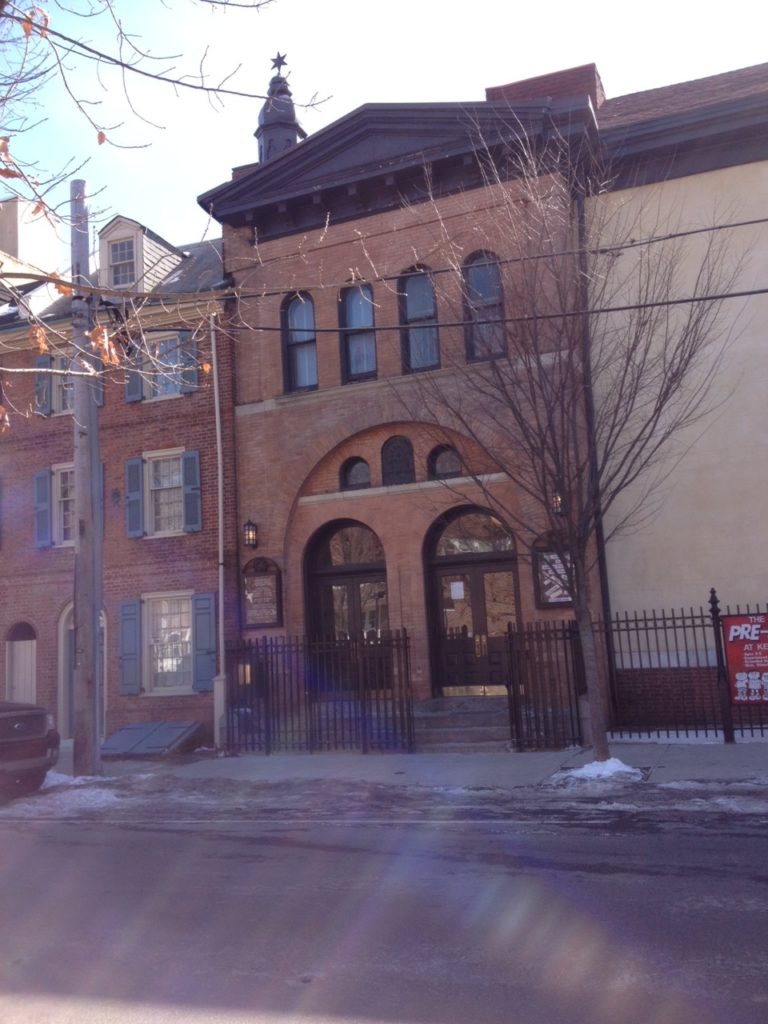

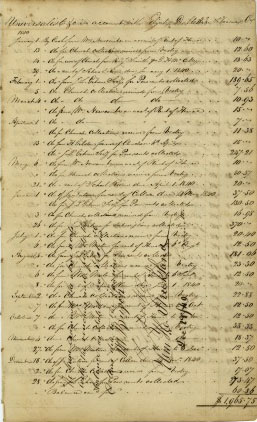
Leave a Reply